-
Assignment 1: Death of a Cabbage
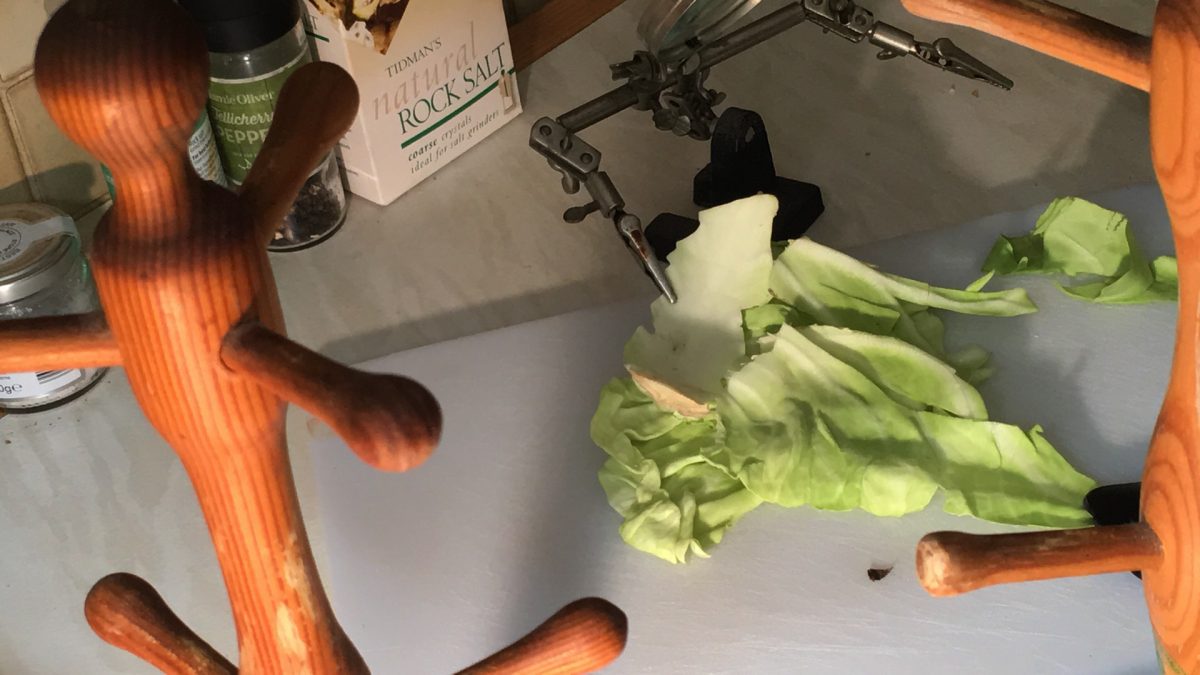
TASK: Develop a short finished animation drawing on what you have learned so far.Make a short animated video using movement to express both compelling force and resistance to it.Use the way objects move to express these two very different states. You can extend one of the project films that you have made thus far, or…
-
E1.6: In the Kitchen
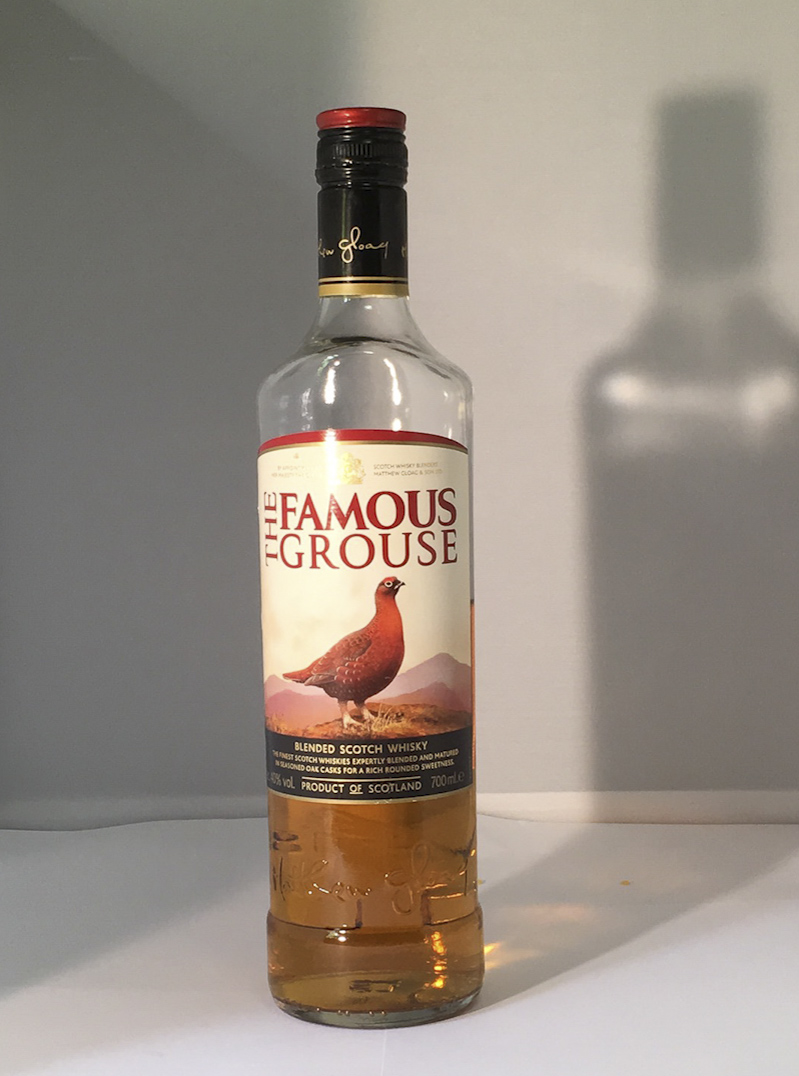
TASK: Make an animated loop using photographs you take in your kitchen. Find objects that are of a similar shape and/or frame views that have the same dominant composition. Take inspiration from the technique employed by Toby Cornish and Jonathan Hodgson’s animations in particular. Experiment with continuity, pace, speed and disrupting this continuity. Upload the…
-
E1.5: Animorph
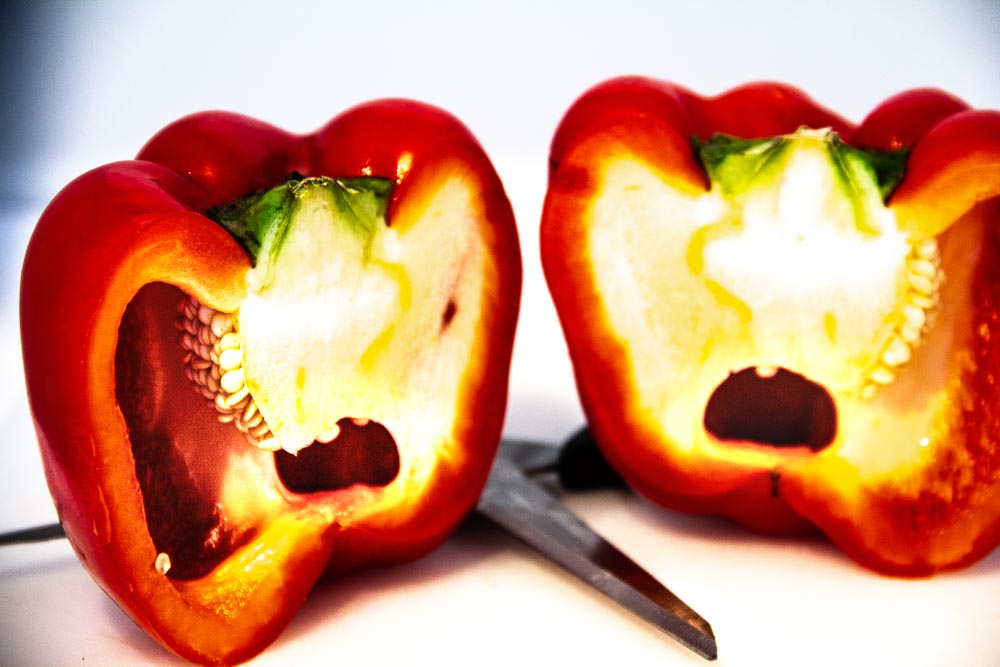
TASK: Make a GIF animation of a fruit or vegetable transforming. (approximately 10-20 seconds in length) 1: I Love Peppers Step 1: Experiment and make test photographs Step 2: Whilst taking photographs, make incremental changes to your fruit or vegetable until it has been completely transformed or even destroyed (peel, shave, slice, bite, scratch). This…
-
E1.4: Looped Experiments
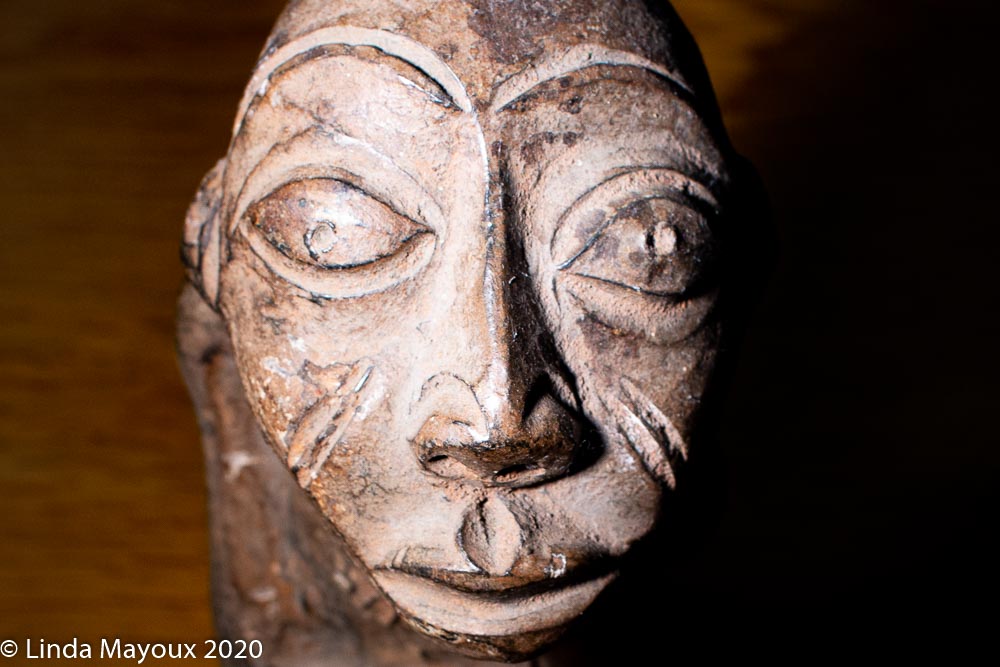
This project asked me to produce two quick looped experiments to explore disrupting registration and continuity. Then to my experiments onto my learning log and reflect on the results and consider: how I might ensure continuity in future whether there is a place for disruption as a technique? Tip: Lighting Flicker is the consequence of…
-
E1.3: Rotating on a Chair
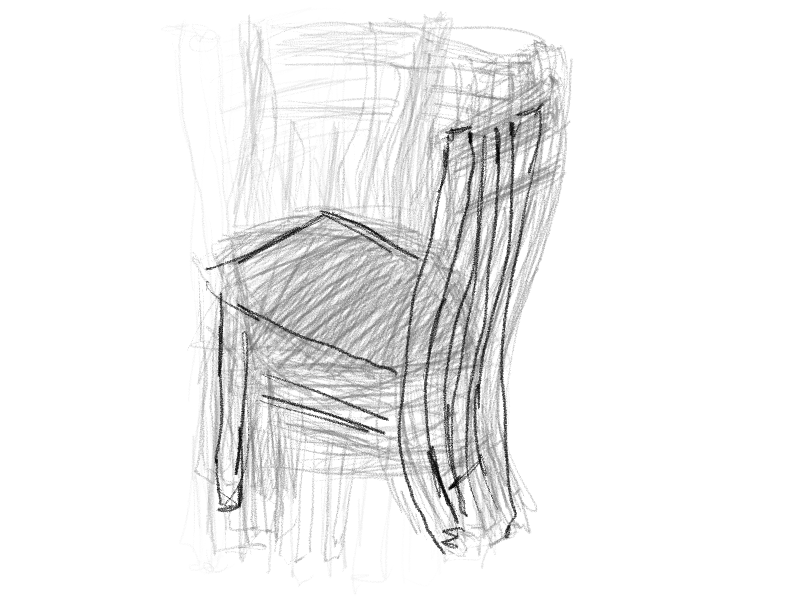
For this animation I was asked to make a drawn animated loop of about 24-48 frames of a chair spinning 360 degrees. I did this on my iPad in Procreate. Step 1: Set up a chair in the middle of the room. This was a little bit tricky as there is no room in my…
-
E1.2: Make an animated GIF ‘Boil’
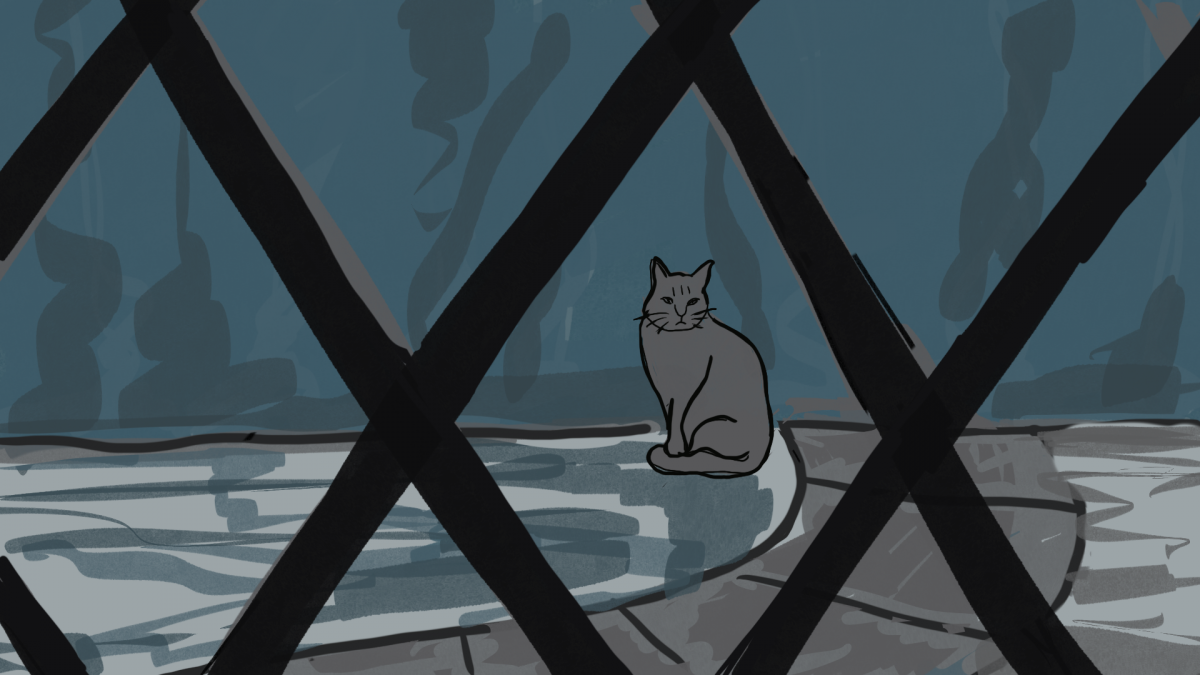
This project asked me to make 8 drawings through tracing over a photograph either with a pencil and lightbox, or digitally. Keeping the lines fast and loose, making new images rather than keeping fidelity to the original. Then to repeat the exercise, experimenting with how tightly or loosely I do the drawing. And with the…